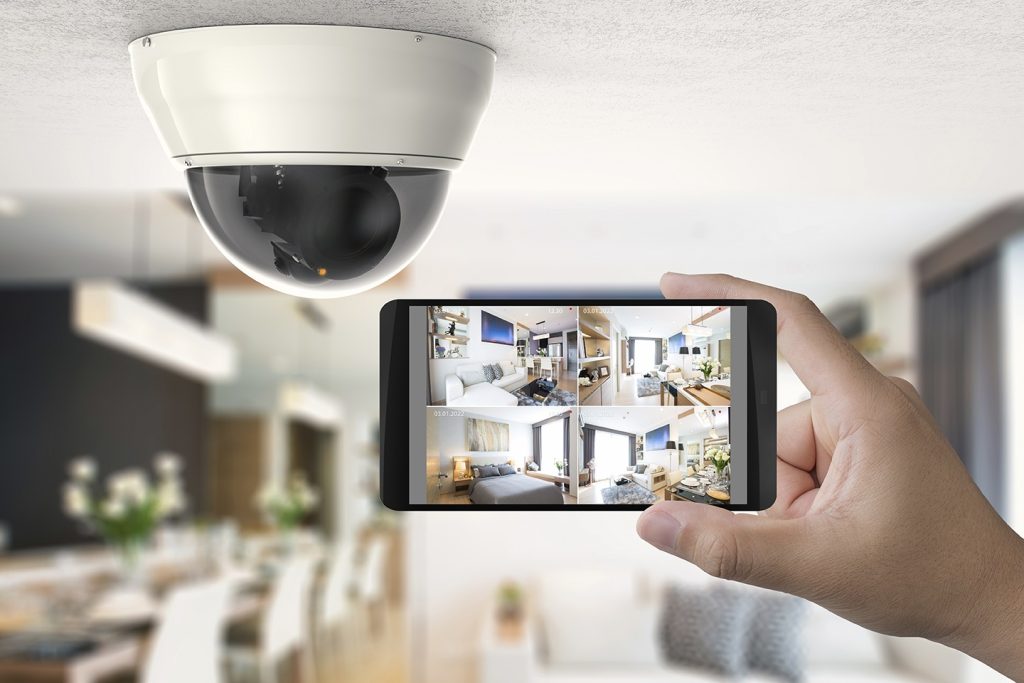Smart Watch – Navigating the Landscape of Cutting-Edge Security Systems
The integration of cutting-edge security systems into smartwatches represents a transformative leap in personal safety and data protection. As these wearables become increasingly sophisticated, they are no longer mere fitness trackers or notification devices; they are evolving into comprehensive security hubs. One of the primary advancements lies in biometric authentication, with smartwatches now featuring advanced fingerprint sensors, facial recognition, and even electrocardiogram ECG scans to ensure that only authorized users can access sensitive information. These biometric measures not only enhance security but also offer a seamless and convenient user experience. Moreover, smartwatches are embracing the power of artificial intelligence AI to analyze user behavior and detect anomalies that may indicate potential security threats. Advanced AI algorithms continuously monitor patterns in activities, such as heart rate, sleep, and physical movement, to establish a baseline for individual users.

Any deviations from this norm trigger alerts, allowing the device to proactively warn users of potential security risks or health emergencies. This proactive approach not only safeguards personal data but also contributes to overall well-being. In the realm of location-based security, smartwatches equipped with sophisticated GPS and geofencing capabilities provide users with an added layer of protection. Geofencing allows users to define virtual boundaries, and if the smartwatch detects that the wearer has moved outside these predefined areas, it can automatically trigger alerts to designated contacts or emergency services. This feature is particularly valuable for individuals, such as children or the elderly, who may need constant monitoring for their safety. Furthermore, the integration of encrypted communication channels within smartwatches ensures secure and private interactions. Users can send and receive messages, make calls, and share sensitive information with confidence, knowing that their data is protected by robust encryption protocols in south texas security systems. This becomes especially crucial as smartwatches increasingly become independent communication devices, reducing the reliance on paired smartphones.
As smartwatches continue to evolve, they are also becoming central to smart home security ecosystems. With the ability to connect and communicate with various home automation devices, users can remotely monitor and control security cameras, door locks, and alarm systems directly from their wrists. The seamless integration of these devices not only enhances convenience but also provides a holistic approach to home security. While the landscape of cutting-edge security systems in smartwatches is undeniably promising, it also raises concerns about data privacy and the potential for misuse. Striking the right balance between robust security measures and user privacy will be a critical challenge for developers and manufacturers in the coming years. As smartwatches redefine the concept of personal security, the industry must prioritize transparency, user education, and ethical considerations to ensure that these devices truly empower users without compromising their privacy and security.